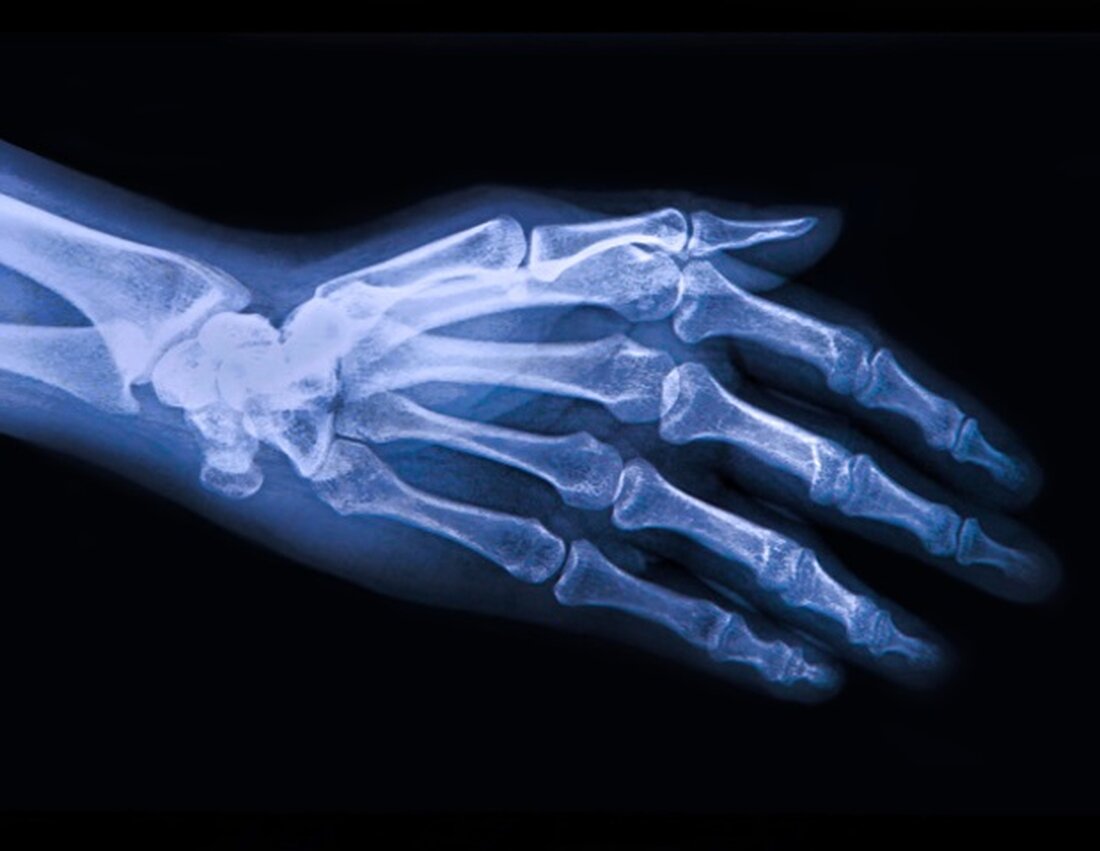An artificial neural network creates synthetic X-ray images to overcome regulatory limitations
The exchange of medical data between laboratories and medical experts is important for medical research. However, data sharing is often sufficiently complex and sometimes even impossible due to the strict data protection legislation in Europe. Researchers at the University of Jyväskylä's Digital Health Intelligence Laboratory have taken on the problem and developed an artificial neural network that creates synthetic X-ray images that can fool even medical experts. A group of researchers from the AI Hub Central Finland project at the University of Jyväskylä developed an AI-based method for creating synthetic knee X-ray images to replace or complement real X-ray images in classifying knee osteoarthritis. The researchers used synthetically produced...

An artificial neural network creates synthetic X-ray images to overcome regulatory limitations
The exchange of medical data between laboratories and medical experts is important for medical research. However, data sharing is often sufficiently complex and sometimes even impossible due to the strict data protection legislation in Europe. Researchers at the University of Jyväskylä's Digital Health Intelligence Laboratory have taken on the problem and developed an artificial neural network that creates synthetic X-ray images that can fool even medical experts.
A group of researchers from the AI Hub Central Finland project at the University of Jyväskylä developed an AI-based method for creating synthetic knee X-ray images to replace or complement real X-ray images in classifying knee osteoarthritis.
The researchers used synthetically generated X-ray images to supplement a data set with real X-ray images from the osteoarthritis study. The authenticity of the images was then assessed together with specialists from the Central Finland Health District.
Medical experts were asked to assess the severity of osteoarthritis without knowing that the dataset contained synthetic images. In the second phase, experts tried to identify authentic and synthetic images. The results showed that, on average, even medical experts were unlikely to distinguish between real and synthetic X-ray images.
The use of synthetic data is not subject to the same privacy regulations as real data. The use of synthetic data can facilitate collaboration between, for example, research groups, companies and educational institutions.”
Sami Äyrämö, Head, Digital Health Intelligence Laboratory, University of Jyväskylä
According to Äyrämö, the use of synthetic data also speeds up approval processes and thus, among other things, testing of new ideas.
The use of synthetic data can lead to better results in patient care and medical method development
Data-driven AI methods can be used to help doctors diagnose. Even if the technical potential of AI is huge, the amount of medical data is often not enough. This is a central challenge in the development of medically effective methods.
“By mixing real and synthetic X-ray images, we have improved AI-based osteoarthritis classification systems,” says Fabi Prezja, the doctoral student responsible for the development of the artificial neural network.
In the future, synthetic data may lead to better results in the development of medical methods and patient care, especially for diseases where real patient data is limited.
"In addition, the neural network is capable of modifying synthetic X-ray images according to expert specifications. This capability is very powerful and allows for potential future use for medical training applications and stress testing for other AI systems," adds Prezja.
The research was carried out in collaboration with the Central Finland Health District, whose director is Juha Paloneva, professor of surgery sees AI-based diagnostic methods as a valuable way to transfer the know-how of an experienced doctor to support the work of a younger doctor.
The accompanying image shows a series of screenshots of an animation showing how a synthetic X-ray image can be modified to expert specifications.
"AI can be used to uncover hard-to-detect signs of early osteoarthritis, for example. However, AI methods for osteoarthritis are still improving, so the work continues," says Paloneva.
Source:
Reference:
Prezja, F., et al. (2022) DeepFake Knee Osteoarthritis X-rays from Generative Adversarial Neural Networks deceive medical experts and offer expansion potential for automatic classification. Scientific reports. doi.org/10.1038/s41598-022-23081-4.
.

 Suche
Suche
 Mein Konto
Mein Konto
